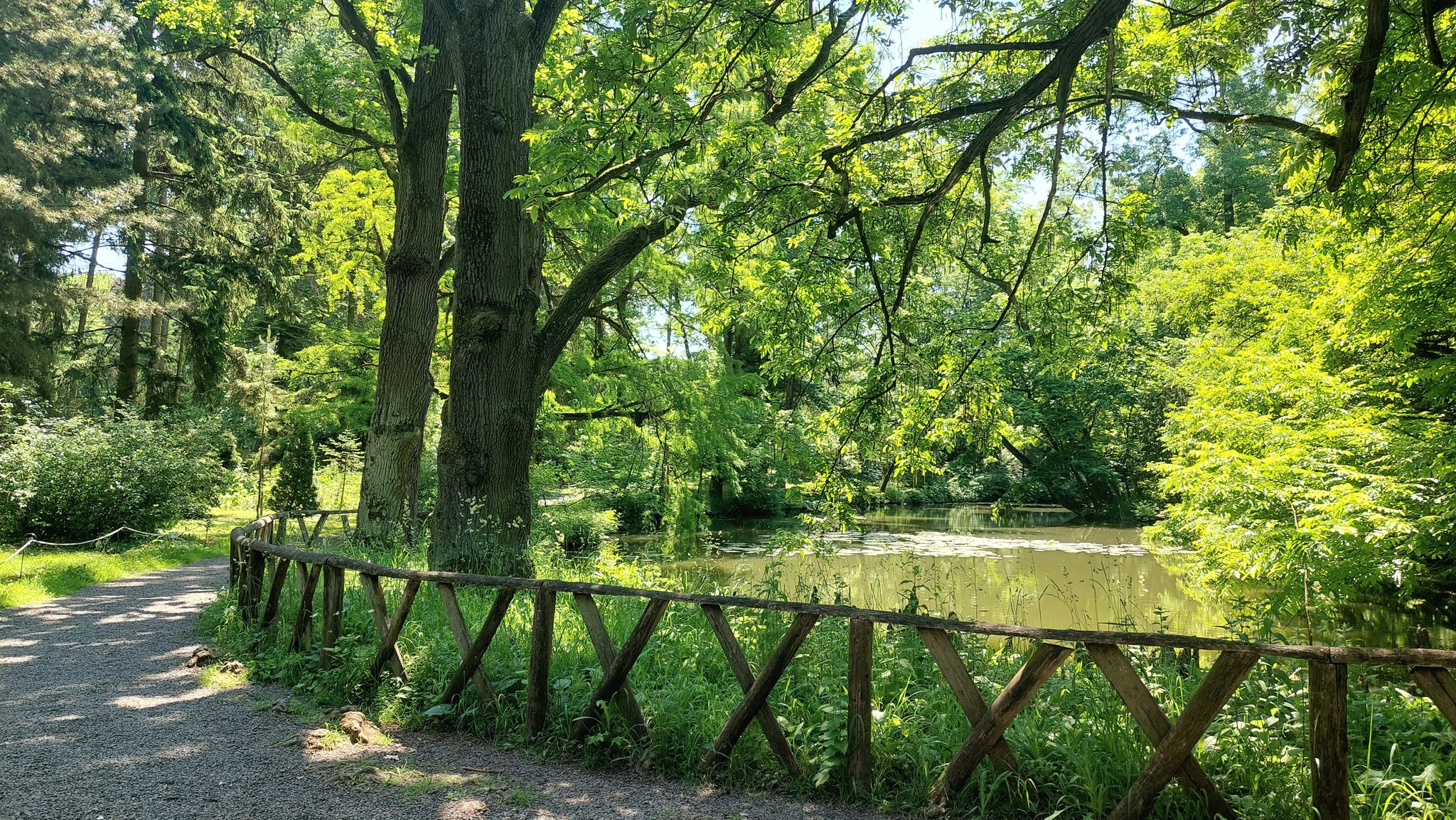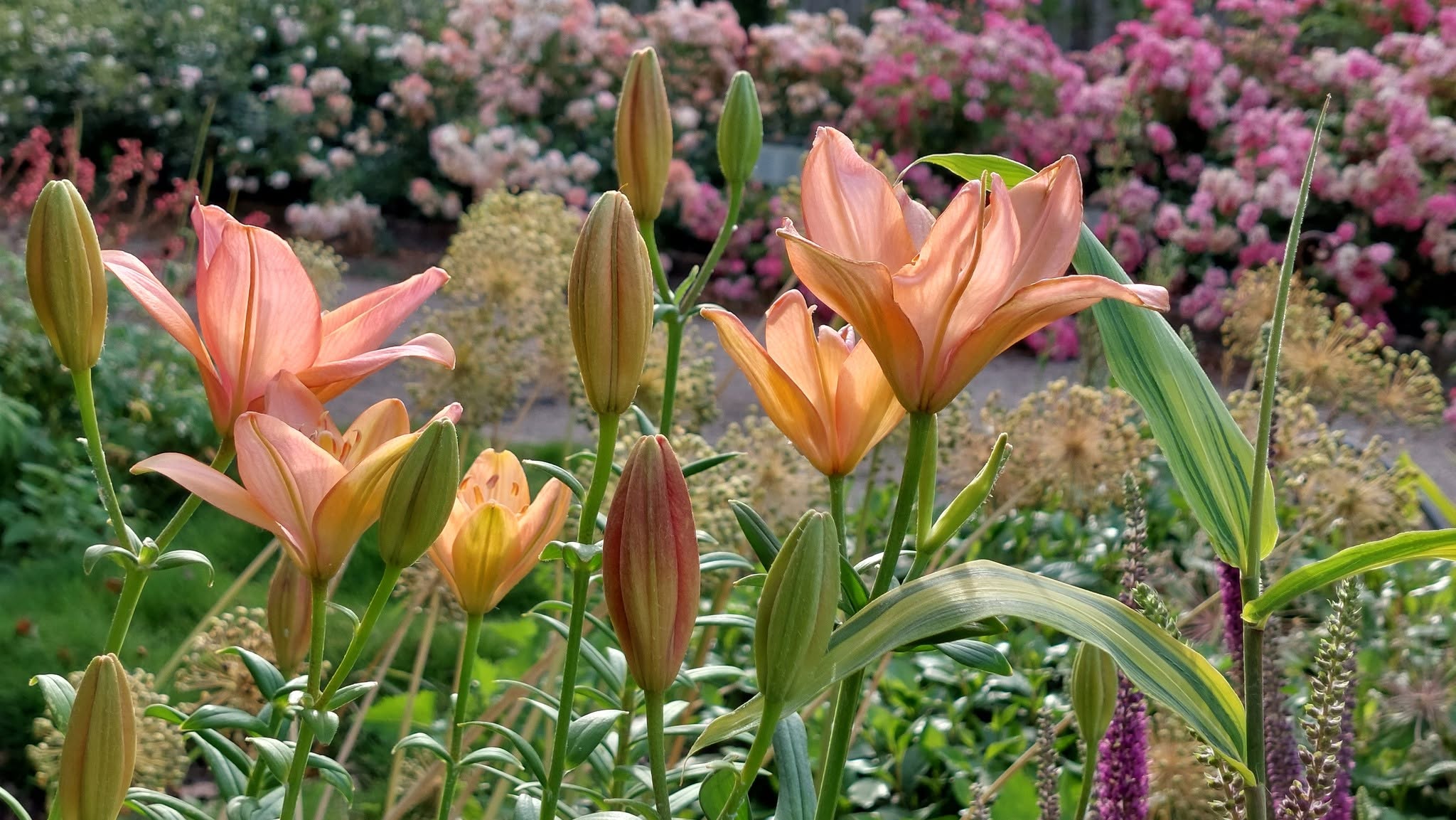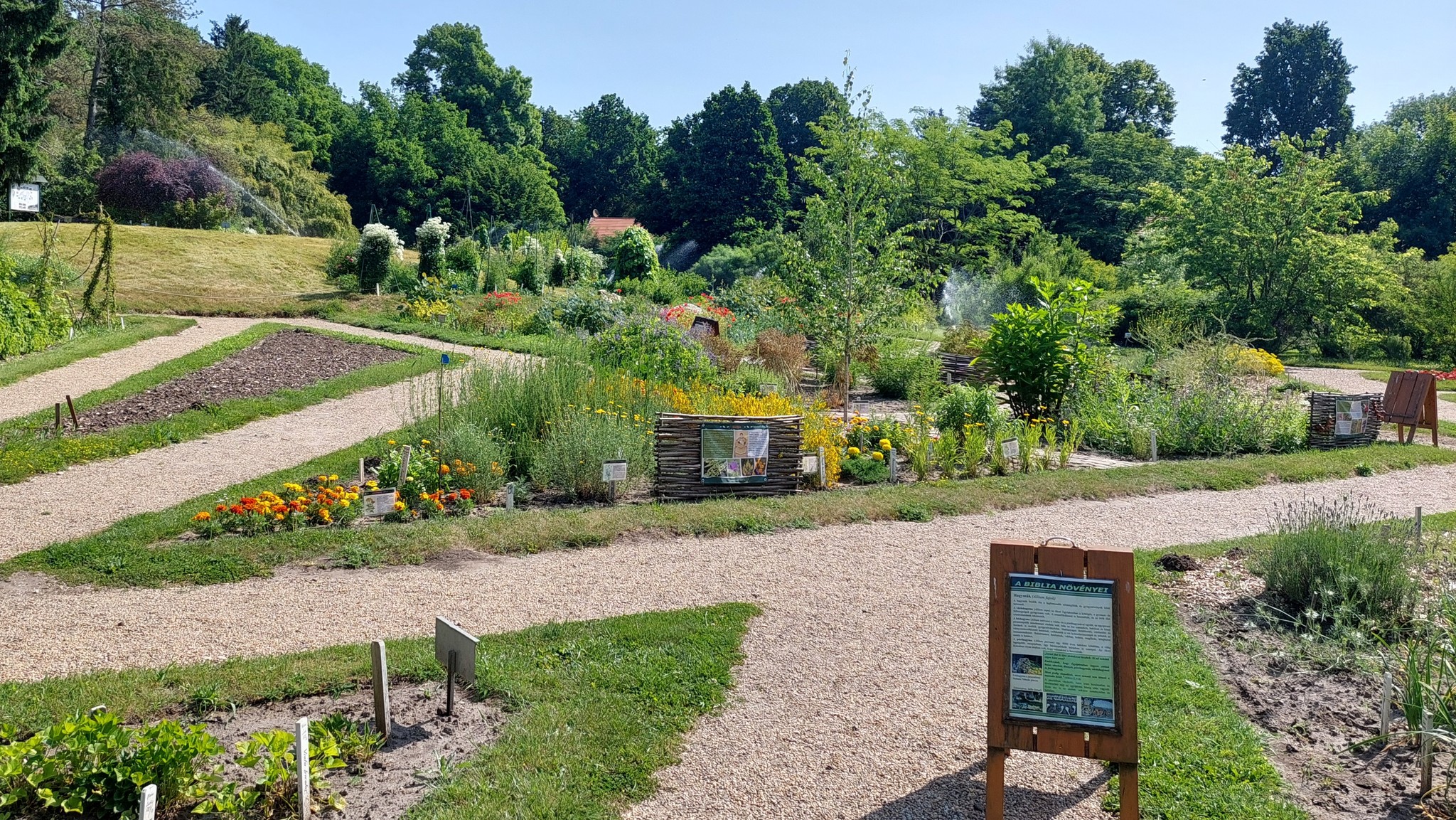The National Botanical Garden in Vácrátót Earns a Place on a Prestigious European Map
The National Botanical Garden in Vácrátót has become the fourth Hungarian site to be included on the European Route of Historic Gardens. Maintained by the HUN-REN Centre for Ecological Research, the garden conserves and displays around 13,000 plant species and varieties. The Hungarian Garden Heritage Foundation, which serves as the national coordinator of the international programme, nominated and supported the garden during the membership process.
The Cultural Routes of the Council of Europe is a cultural, educational, scientific and tourism cooperation programme established by the Council of Europe in 1987 and still operating today. Of the 48 certified routes, 13 feature sites in Hungary, including the European Route of Historic Thermal Towns, the European Cemeteries Route, and the Route of Reformation.
The European cultural route project, the European Route of Historic Gardens, was launched in 2020. Coordinated by the European Route of Historic Gardens association, the network organises professional forums for its member organisations to promote cultural and tourism-related visits to historic gardens. It also helps secure EU funding for garden restoration, as well as for research and projects connected to garden heritage. Thanks to the involvement of the Hungarian Garden Heritage Foundation, four historic gardens in Hungary have now been included in the programme: the Esterházy Palace Garden in Fertőd, the Károlyi Palace Garden and Arboretum in Fehérvárcsurgó, the Royal Palace Garden in Gödöllő, and most recently, the National Botanical Garden in Vácrátót.
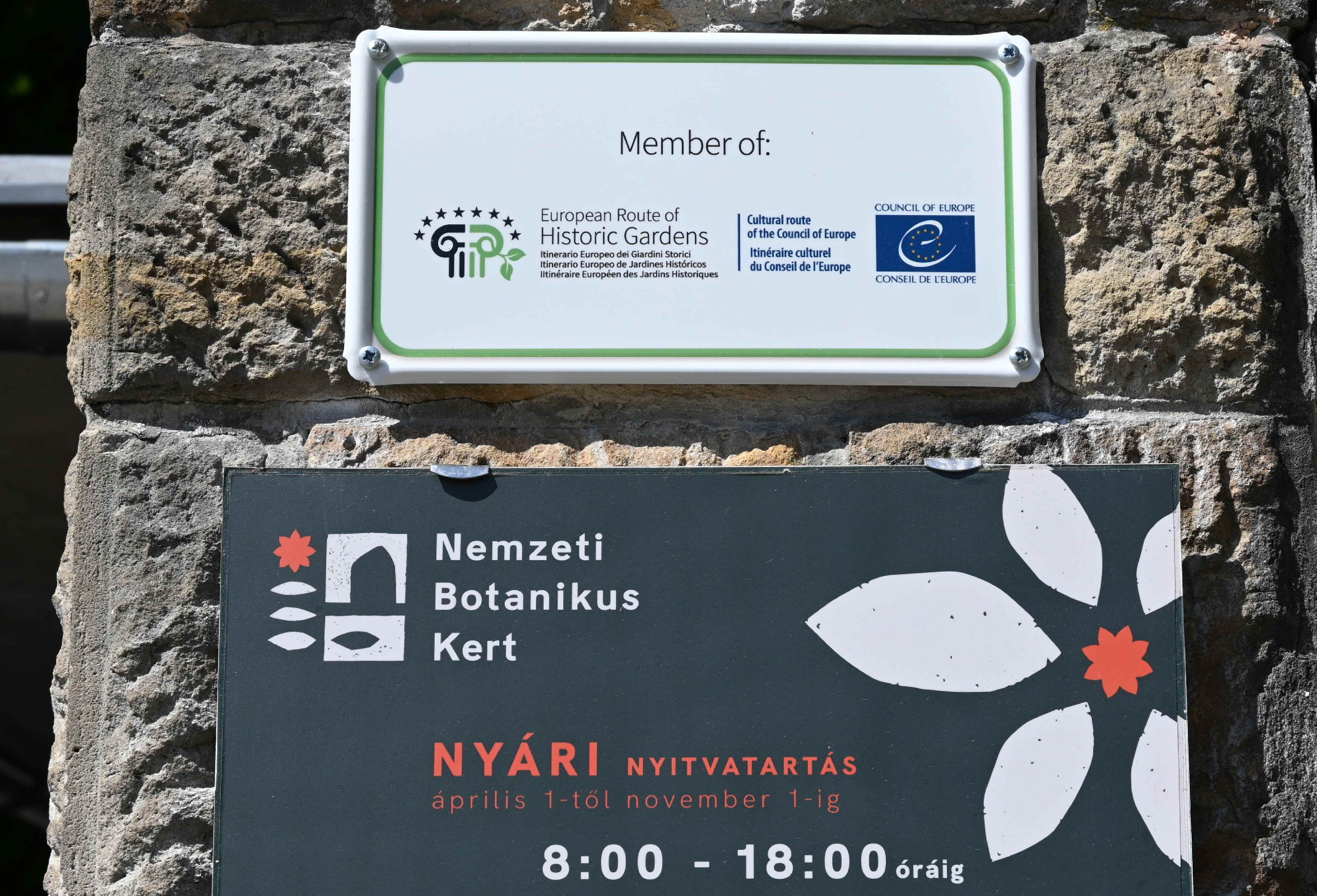
This prestigious professional recognition is a testament to the dedicated, persistent and meticulous work of those who shaped the garden. Count Sándor Vigyázó, together with garden designer Vilmos Jámbor and head gardener Henrik Band, laid the foundations of the landscape garden. Miklós Ujvárosi, the first director of the Botanical Garden, developed its present-day structure. Under the leadership of Géza Kósa, the garden became Hungary’s richest collection of living plants, while Vince Zsigmond, as garden manager, transformed it into a visitor-friendly institution committed to environmental education and aligned with the needs of today.
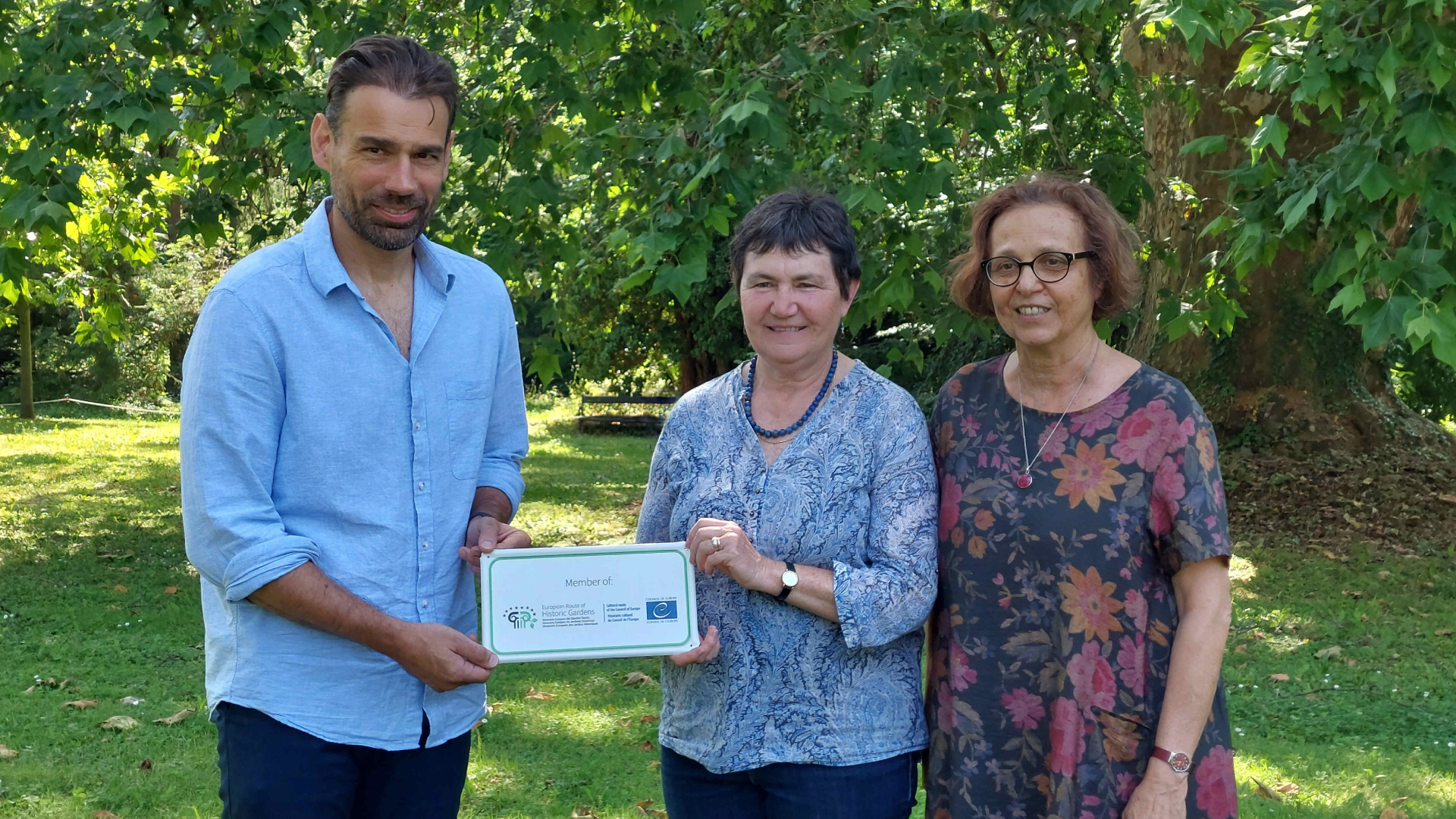
The newly awarded membership fills the community that maintains the Botanical Garden with pride and encourages them to offer the more than 100,000 annual visitors an even more meaningful cultural and recreational experience—raising the profile of historic gardens and enhancing the overall visitor experience.
